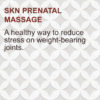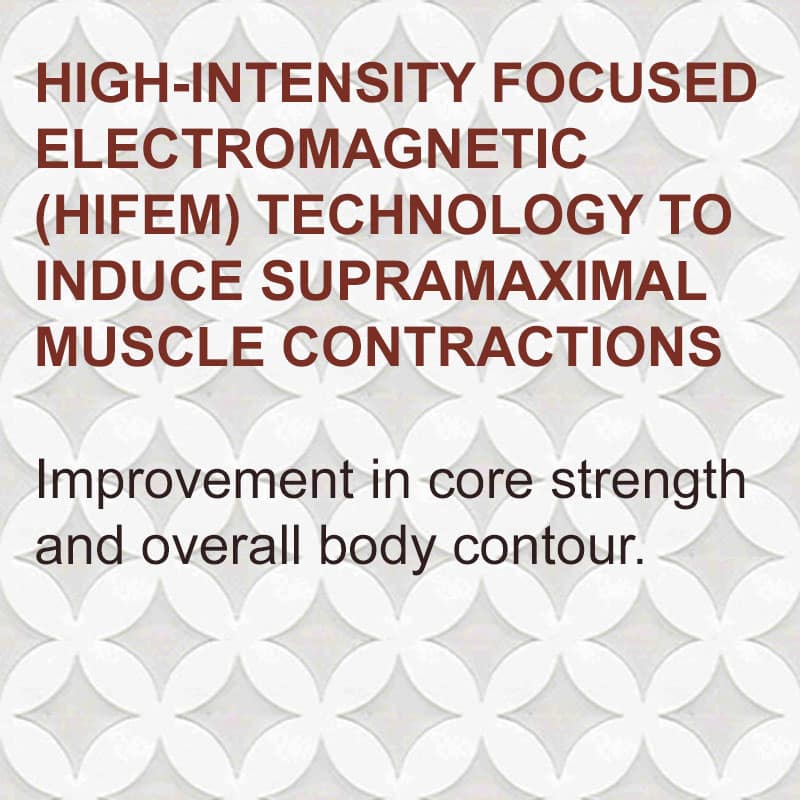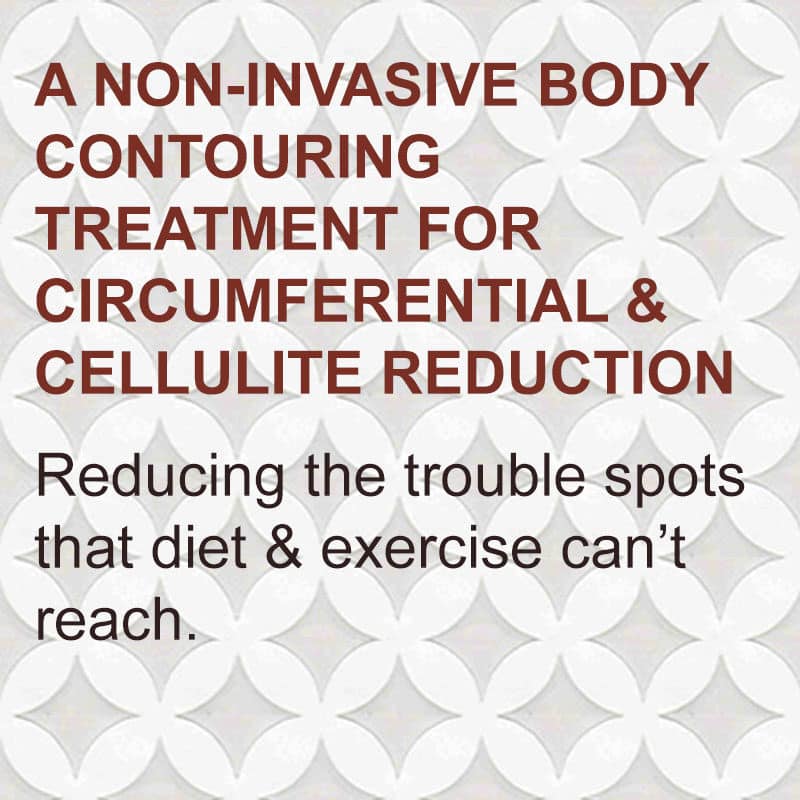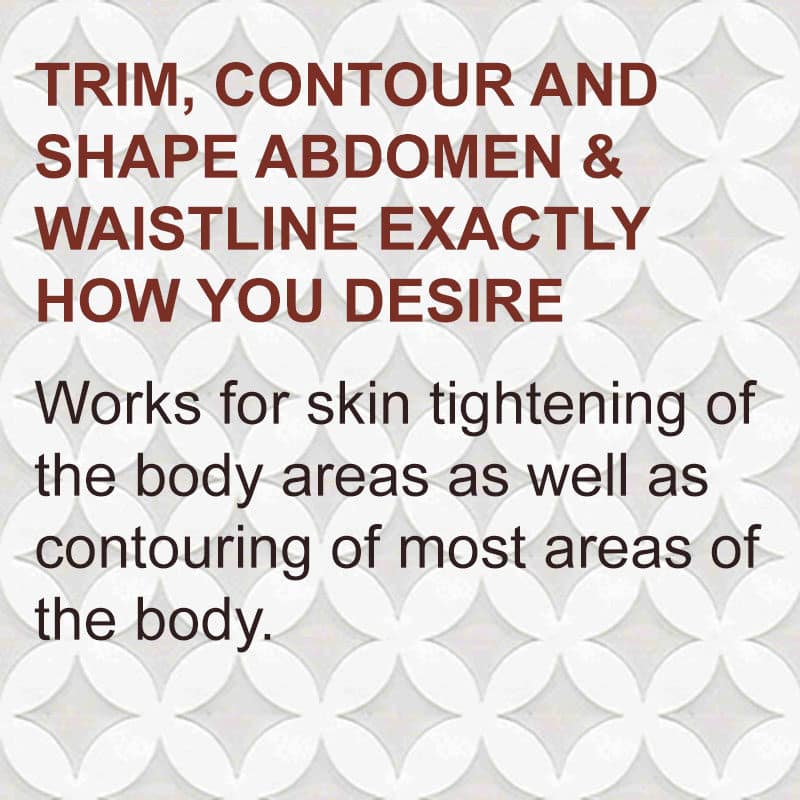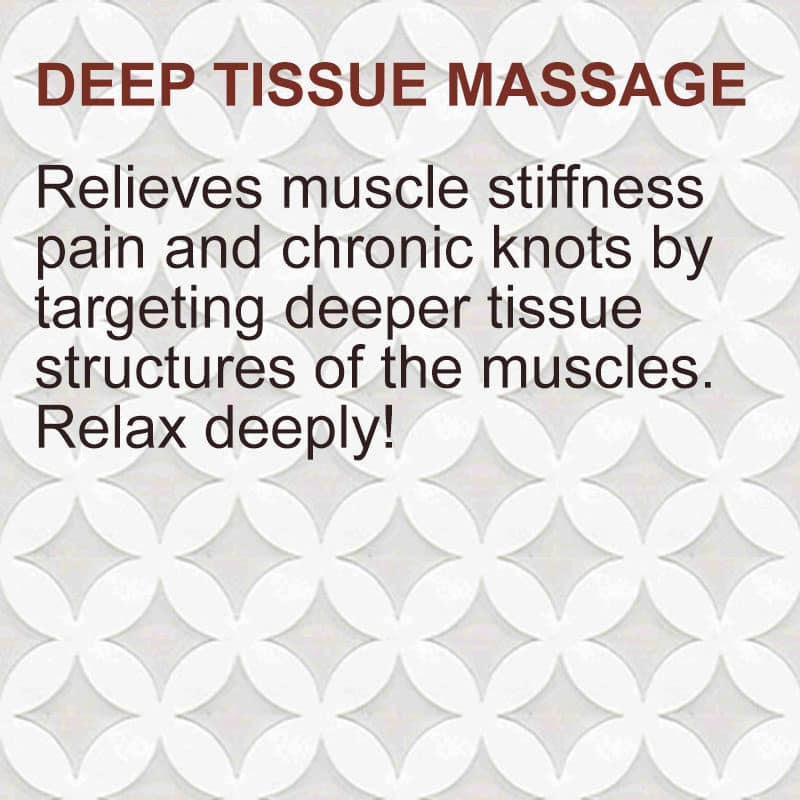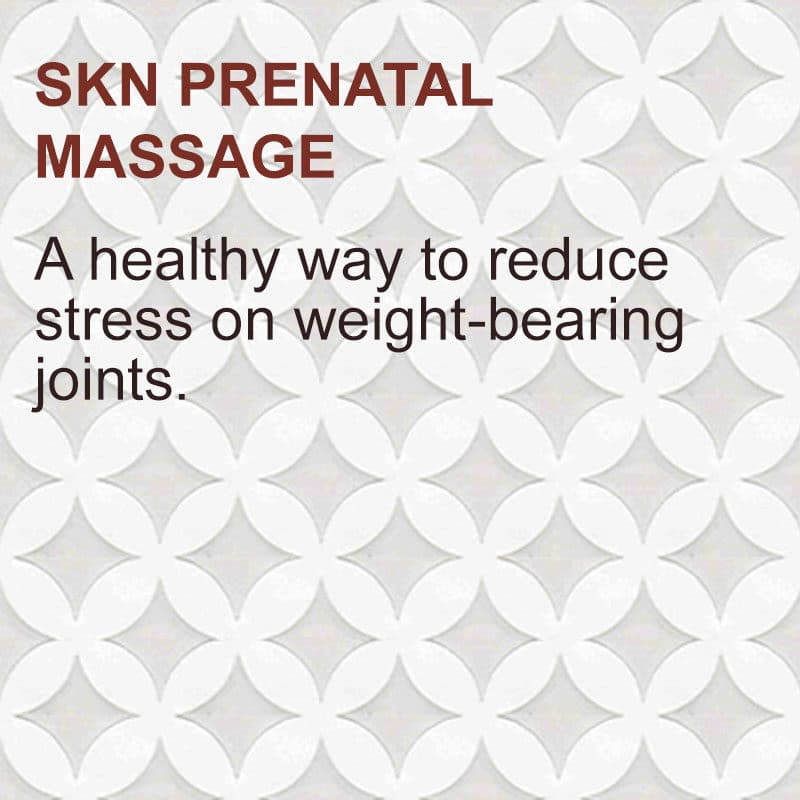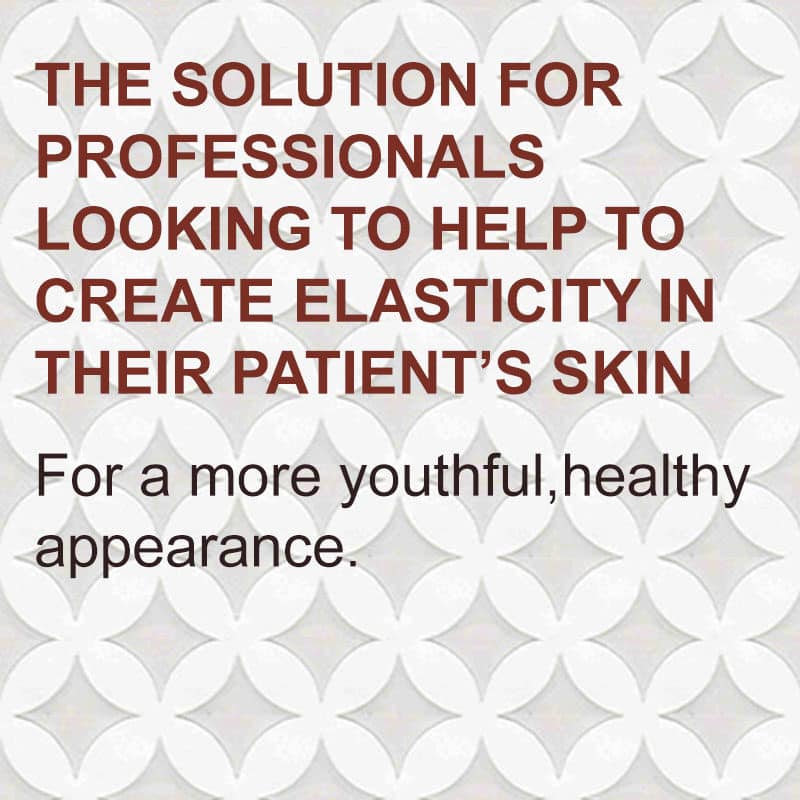Queen Of The Nile Hot Stone Massage
60 min $135 / 90 min $180
This specialty massage uses smooth, heated stones to deeply relax and warm up tight muscles, allowing the therapist to work deeply, more quickly. Placing and kneading hot stones over muscles increases the area’s circulation and blood flow to stimulate healing to painful, damaged muscles.
Hot stone massage is a therapeutic massage technique that involves the use of smooth, heated stones placed on specific points on the body and used by the massage therapist to massage the muscles. Here are the key aspects of a hot stone massage:
- Smooth Stones: Specialized smooth stones, typically made of basalt (a type of volcanic rock) that retains heat well, are heated in water to a specific temperature range before use. These stones vary in size and are usually flat and smooth to ensure they glide smoothly over the skin.
- Placement and Massage: The therapist places the heated stones on specific points of the body, such as along the spine, in the palms of the hands, or between the toes. These stones may also be placed on specific tense or tight muscles to help relax and warm them.
- Techniques: The therapist may also use the heated stones as an extension of their hands during the massage. They can apply gentle pressure with the stones while performing Swedish massage techniques such as effleurage (gliding strokes), petrissage (kneading), and sometimes even deeper techniques.
- Heat Benefits: The warmth of the stones helps to relax muscles and increase blood flow to the treated areas. This can aid in easing muscle tension, promoting relaxation, and enhancing the overall massage experience.
- Variations: Some hot stone massage sessions may incorporate cold stones as well. Alternating hot and cold stones can stimulate circulation and have therapeutic benefits for the body.
- Safety Considerations: It’s essential that the stones are heated to a safe temperature and applied with caution to avoid burns or discomfort. The therapist should always check in with the client to ensure the stones are at a comfortable temperature.
Hot stone massage is often chosen for its relaxing and therapeutic effects. It can be particularly beneficial for individuals who prefer a gentler massage but still want the added benefit of heat to help release muscle tension. Always ensure you receive hot stone massage from a trained and qualified therapist to ensure safety and effective treatment.
Olive Oil: This is the main ingredient and provides moisturizing properties to the skin. Olive oil is rich in antioxidants, vitamins (such as Vitamin E), and fatty acids that nourish and hydrate the skin.
It is not uncommon to experience some redness after a body massage, especially if the massage involved deeper pressure or focused on areas where there was tension or muscle tightness. Here are a few reasons why redness might occur and when it’s normal:
- Increased Blood Flow: Massage techniques like kneading and friction can stimulate blood circulation in the treated area. This increased blood flow can cause temporary redness or flushing of the skin, similar to what happens when you exercise.
- Pressure and Stimulation: If the massage involved deep tissue work or trigger point therapy, it can cause the capillaries near the skin’s surface to dilate, resulting in redness.
- Sensitive Skin: Some individuals have naturally sensitive skin or may react more strongly to touch or pressure. In such cases, mild redness might be more noticeable after a massage.
- Post-Massage Response: The body’s response to massage can vary. Some people may experience a mild inflammatory response, which could manifest as slight redness, particularly if the massage was vigorous.
In most cases, this redness is temporary and should subside within a few hours to a day. However, if the redness is accompanied by pain, swelling, or persists for an extended period, it’s essential to consult with your massage therapist. They can evaluate whether there’s any underlying sensitivity or if adjustments are needed for future sessions.
To minimize post-massage redness, you can:
- Communicate with your massage therapist: Inform your therapist about your skin sensitivity before the session.
- Stay Hydrated: Drink plenty of water to help your body process any toxins released during the massage.
- Avoid Vigorous Activities: Refrain from vigorous activities or hot baths immediately after the massage, as these can exacerbate redness.
Overall, mild redness after a massage is often a normal part of the body’s response to therapeutic touch and increased circulation.
Here’s a set of commonly asked questions and answers about hot stone massage:
- Q: What is a hot stone massage?
A: Hot stone massage is a therapeutic technique where smooth, heated stones are placed on specific points on the body and used by the therapist to massage muscles. The heat helps relax muscles and improve circulation. - Q: What are the benefits of hot stone massage?
A: Hot stone massage can help relax muscles, reduce stress, promote relaxation, improve circulation, and relieve pain and tension. The combination of heat and massage techniques can enhance overall well-being. - Q: How are the stones heated?
A: The stones used in hot stone massage are typically heated in water to a specific temperature range, usually between 120-140 degrees Fahrenheit (49-60 degrees Celsius). This ensures they are warm enough to provide therapeutic benefits without being uncomfortably hot. - Q: What types of stones are used in hot stone massage?
A: Basalt stones are commonly used in hot stone massage because they retain heat well and have a smooth texture that glides easily over the skin. Sometimes, other types of stones may be used depending on the therapist’s preference and availability. - Q: Is hot stone massage safe?
A: When performed by a trained and experienced therapist, hot stone massage is generally safe. However, it’s essential to communicate any health concerns or conditions with your therapist before the session. The therapist should also check the temperature of the stones regularly to ensure they are comfortable for you. - Q: Who can benefit from a hot stone massage?
A: Hot stone massage is beneficial for people looking to relax muscles, relieve tension, and reduce stress. It can be particularly helpful for those with muscle pain, arthritis, insomnia, or poor circulation. However, individuals with certain medical conditions such as diabetes, heart disease, or skin conditions should consult with their healthcare provider before receiving a hot stone massage. - Q: What should I expect during a hot stone massage session?
A: During a hot stone massage, you’ll typically lie on a massage table while the therapist places heated stones on specific points of your body. They may also use the stones to massage your muscles using techniques like effleurage and kneading. The warmth of the stones combined with the massage strokes creates a deeply relaxing experience. - Q: Are there any contraindications for hot stone massage?
A: Yes, there are some contraindications. People with certain medical conditions such as pregnancy, high blood pressure, heart disease, or skin conditions should avoid hot stone massage or consult with their healthcare provider before receiving it. Additionally, if you have an acute injury or inflammation, it’s best to wait until it has healed before getting a hot stone massage.
These questions and answers provide a comprehensive overview of hot stone massage, its benefits, safety considerations, and what to expect during a session. Always ensure you receive a hot stone massage from a qualified therapist to ensure a safe and effective treatment.
Post-care after a hot stone massage session is essential to enhance the benefits of the treatment and ensure your comfort. Here are some post-care tips:
- Hydration: Drink plenty of water to help flush out toxins released during the massage and maintain hydration levels. This also helps prevent dehydration, which can occur after a massage.
- Rest and Relaxation: Allow yourself time to rest and avoid strenuous activities or heavy lifting for the remainder of the day. This allows your body to continue benefiting from the relaxation induced by the massage.
- Avoid Heat and Cold: For the next 24 hours after your hot stone massage, steer clear of hot baths, saunas, or heat packs, as your body may be sensitive to extreme temperatures. Similarly, avoid exposure to very cold temperatures or ice packs, as these can disrupt your relaxed state.
- Gentle Movement and Stretching: Engage in gentle stretching or light movement to prolong the benefits of the massage and prevent stiffness. This helps maintain flexibility and promotes circulation in the muscles.
- Moisturize: If your skin feels dry post-massage, apply a gentle, hydrating lotion or oil to nourish your skin. The heat from the stones and massage techniques may have temporarily depleted moisture.
- Feedback: Reflect on your massage experience and communicate any discomfort or areas of concern with your therapist. They can provide guidance and make adjustments for future sessions as needed.
- Self-Care Practices: Incorporate mindfulness exercises, deep breathing, or relaxation techniques to further enhance the relaxation benefits of the massage and promote overall well-being.
- Schedule Regular Sessions: To maintain the benefits of hot stone massage, consider scheduling regular sessions based on your needs and goals. Regular massages can help alleviate chronic tension and support your overall well-being.
By following these post-care tips, you can prolong the effects of your hot stone massage, support your body’s recovery process, and ensure a more beneficial experience overall. Always communicate openly with your massage therapist to receive personalized care and guidance tailored to your specific needs.



